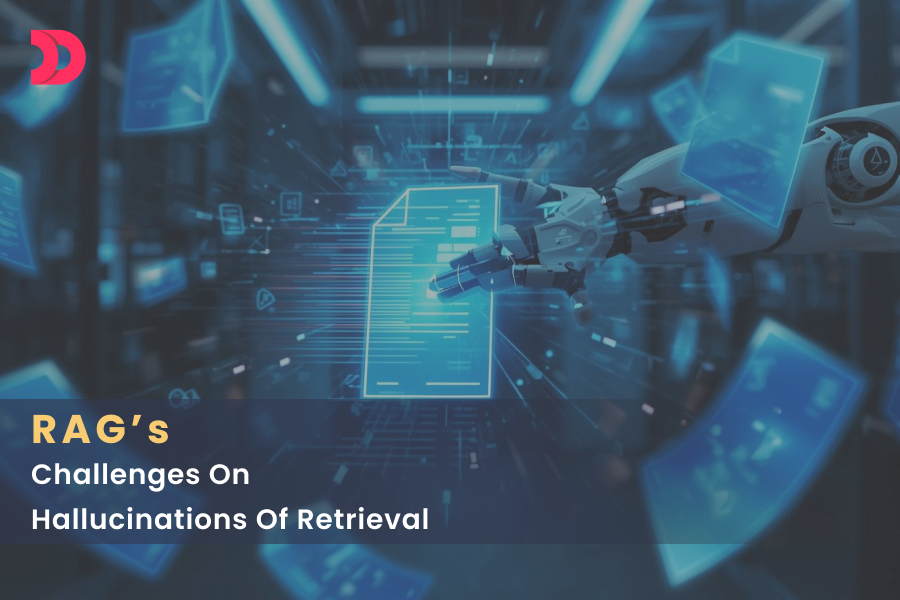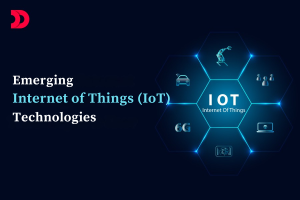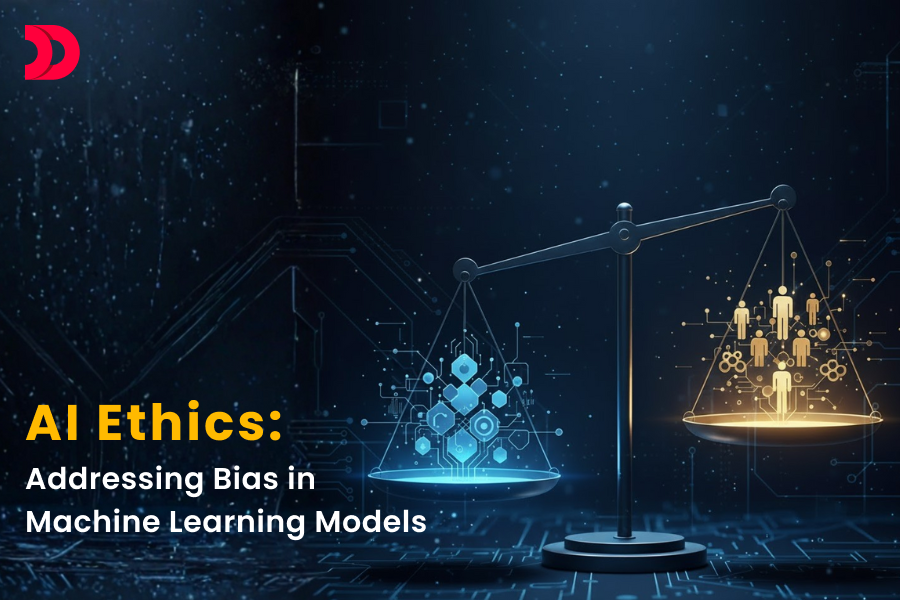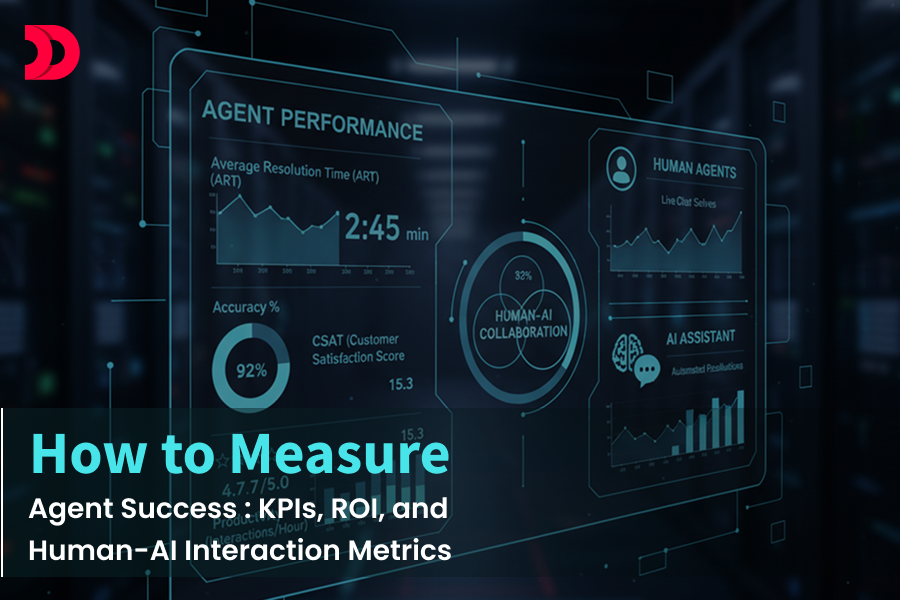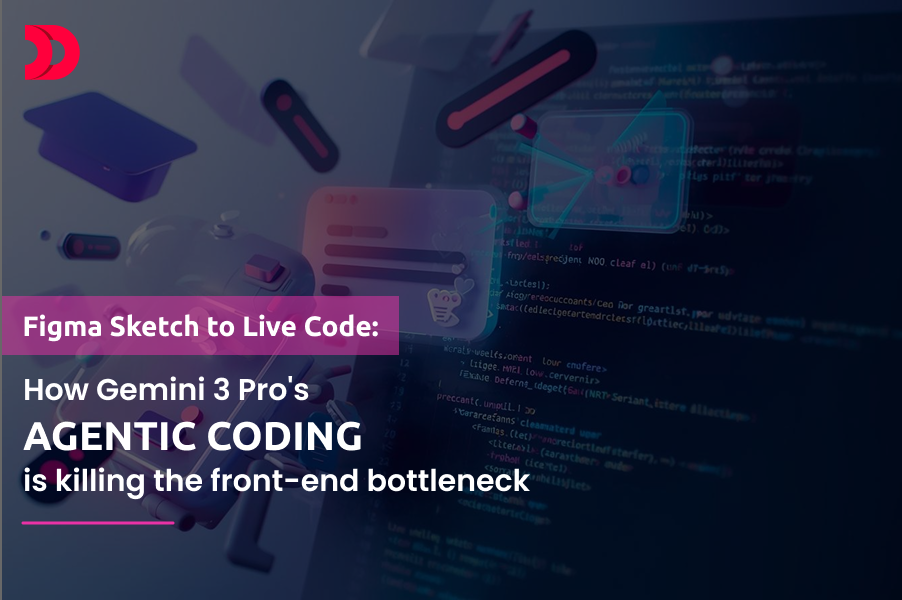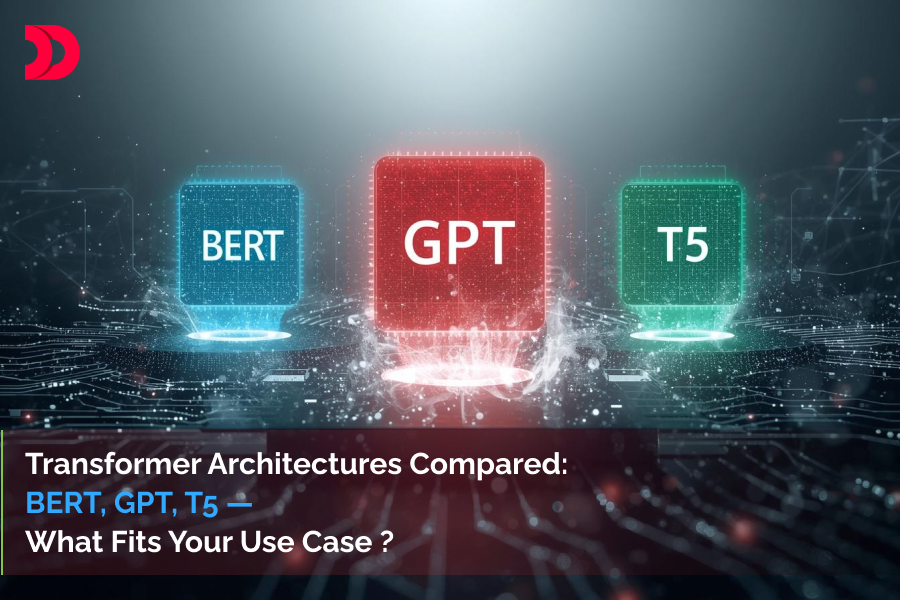A Large Language Model (LLM) can generate text, translate languages, and answer questions effectively. However, at times, it may give out-of-date, false, or generic responses instead of true and timely ones. Retrieval-Augmented Generation (RAG) can help us address this challenge. As a Generative AI framework, RAG infuses trusted data into an LLM to get accurate responses.
This post talks about retrieval hallucinations in RAG systems, an issue that can affect the responses from LLMs. We will explore the measurement and detection of retrieval hallucinations and understand the generator’s role in it. Let’s start with the overview of RAG system hallucinations.
Understanding Hallucinations in RAG Systems
When the model generates incorrect, fabricated, or nonsensical information in a Retrieval-Augmented Generation (RAG) system, it is called a hallucination. This happens even after retrieving documents successfully from the system’s internal knowledge base. Though RAG can combat the issues of a standard LLM (Large Language Model) hallucinating, it may show RAG hallucinations.
Usually, RAG hallucinations occur when the retrieval component fetches outdated or misleading source documents.
Additionally, when the model lacks the contextual awareness to interpret the documents correctly according to the user’s query, hallucinations occur. It is a key challenge to ensure the quality and relevance of the source data in the RAG system.
It is interesting to delve into the generator’s role in hallucinations.
Generator’s Role in Hallucinations
The generator, aka the Large Language Model (LLM), transforms the user’s prompt and the retrieved passages into a final answer. Usually, hallucinations occur at the stage where the generator may synthesize information from multiple retrieved documents in a misleading way. This leads to factually inaccurate and irrelevant conclusions. At times, the generator’s interpretative capacity may fail even if all retrieved sources are accurate individually. To understand how different architectures, including lightweight models, operate under constrained environments, you can read our detailed guide on Lightweight LLMs deployed on mobile devices.
Furthermore, the generator’s inherent nature toward confidence misalignment can worsen the problem. As LLMs often produce incorrect outputs with a high degree of certainty, the hallucinated response also appears highly reliable. When the generator struggles with complex reasoning tasks, it can produce logically nonsensical text despite getting factually correct information in the source context.
Measuring and Detecting Retrieval Hallucinations
Measuring and detecting RAG hallucinations is crucial for creating reliable systems. This detection can occur by verifying the factual consistency between the model’s output and its source documents. This complex process of measuring and detecting hallucinations involves a combination of the following two steps-
- Post-Generation Evaluation Metrics
These are initial techniques that focus on assessing the generated output for factual errors. This quantitative assessment is done by comparing the output against the retrieved evidence or external knowledge bases. We can use automated or semi-automated tools to determine the truthfulness of the generated response.
- FactCC (Fact-Checking and Correction)
It is a model useful for classifying generated sentences as either consistent or inconsistent (a hallucination) with the source documents. It gives a quantifiable score for the factual correctness of the response.
- QAGS (Question-Answering Generation System)
This system works by generating question-answer pairs automatically on the basis of the retrieved source documents. It compares these pairs to the model’s generated answer, and if it is inconsistent, it indicates a hallucination.
- Advanced Detection and Proactive Techniques
These methods build detection mechanisms directly into the RAG pipeline or train the LLM to express uncertainty. Let’s dig in.
It involves the extensive training of the RAG system to recognize and report the lack of confidence in the answer. It makes the model ready to give a refusal or a phrase like “I don’t know” instead of giving a potentially false answer as an output.
- Deviation Tracing (ReDeEP)
This is a modern method that pinpoints the exact moment or content in the generation process that leads to a RAG hallucination. This technique, known as the Retrieval-Enhanced Detector of Evidence Path (ReDeEP), compares the newly generated content against the retrieved information constantly.
It is better to consult a reputable AI development company to detect and control RAG hallucinations effectively.
Future of Reliable RAG Systems
The future of RAG systems lies in refining the retrieval and generation stages using advanced techniques. The key focus will remain on improving data quality and retrieval mechanisms significantly, while shifting the process toward Hybrid Generation Pipelines. These pipelines may mix extracted and generated answers and prioritize the most relevant documents using techniques like Contextual Re-ranking.
When it comes to reliable RAG systems, the shift toward GenAI Data Fusion (or RAG+) will be the most promising development. It moves beyond augmenting LLMs with unstructured documents. This cutting-edge approach integrates structured and dynamic data from CRM and other enterprise systems. The infusion of up-to-date and personalized structured data into RAG systems can bring highly accurate responses.
Concluding Remarks
Though the Retrieval-Augmented Generation (RAG) system is designed to get accurate responses, it may show hallucinations. It is largely due to the generator (LLM) and the faulty document retrieval process. Rigorous measurement and detection methods like FactCC can address RAG hallucinations. Companies should embrace a future based on advanced GenAI data fusion to get reliable answers.
DevsTree is a trusted AI application development company that builds high-end, intelligent solutions for modern enterprises. Contact us to discuss and learn more about RAG hallucinations and ways to get rid of them.
 Dec 16, 2025
Dec 16, 2025 

 87 Views
87 Views
